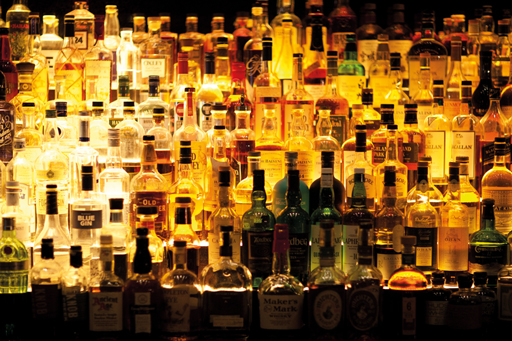Fall in people using drugs and alcohol services causes concern
In Health & NHS
Follow this topic
Bookmark
Record learning outcomes

There were 268,390 adults in contact with drug and alcohol services in England in 2017-18, according to a statistics summary. This is a four per cent reduction from the previous year, prompting concerns that addiction services are reaching fewer people.
The number of people receiving treatment for alcohol alone decreased the most since last year, falling by six per cent, (80,454 to 75,787) and by 17 per cent from the peak of 91,651 in 2013/14.
Alcohol dependency estimates have remained relatively stable over the last 5 years, which suggests that the fall in numbers of people accessing treatment does not reflect a fall in prevalence, with only one in five of those in need of treatment currently receiving it.
People in treatment for opiate dependence made up the largest proportion of the total numbers in treatment (53 per cent or 141,189). This is a fall of four per cent since the previous year.
But the number of people being treated for crack cocaine problems – people using crack but not opiates – has increased by 18 per cent since last year (3,657 to 4,301) and 44 per cent since the year before that (2,980 to 4,301). It is likely that increase reflects the rise in the drug’s use.
People in treatment for only alcohol and only opiate use tended to be older than those who have problems with other substances. The median age of the alcohol only group was 46 years, with 12 per cent (8,945) aged 60 years and older. Opiate treatment clients had a median age of 40.
